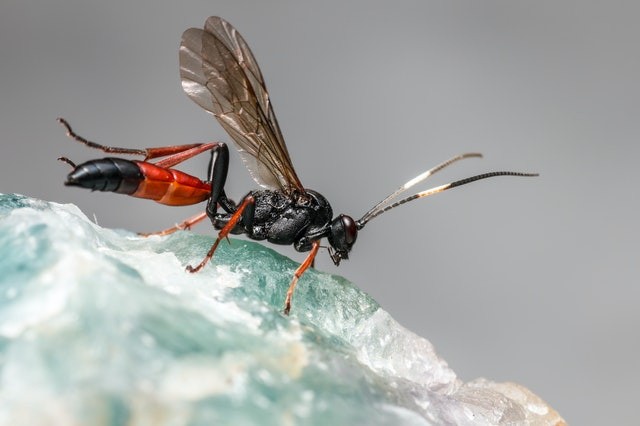Scientists from the National University of Singapore, Lee Kong Chian Natural History Museum, have found a new kind of firefly from the last remains of freshwater swamp forest in the country.
This is the very first time since 1909 that a new kind of glowing firefly has been found in Singapore, pointing out the need for continued research in living things, most especially in small, well-studied, and highly civilized countries like Singapore.
Fireflies are one of the most fascinating insects on Earth, due to their ability to create breathtaking bioluminescent displays. Fireflies are extremely different group of beetles in the Lampyridae family, with over 2000 of their kind worldwide.
It carries on to attract many that in Singapore, a small, developed, and industrious country in Southeast Asia, these species have a disorganized distribution but they are not as rare as many people would think.

Read Also : Nature Teaches Drones How to Fly Right
A Familiar But Unknown Specie
A countrywide survey was done on fireflies by the National Parks Board (NParks) at fourteen sites throughout Singapore and they recorded 11 species of firefly, including an unknown species, named Luciola sp. 2. It was named after the firefly genus Luciola.
"When we first saw this species of firefly, we knew it was fascinating because the samples were gathered from a freshwater swamp forest in the Singapore central valley area. Fireflies are unusually announced from this type of habitat. More so, it did not correlate with the nature of any known species of firefly to-date."
This is according to the lead author and Research Fellow at the Lee Kong Chian Natural History Museum and Dr. Wan Faridah Akmal Jusoh from the National University of Singapore.
"We believe the samples taken in 2009 were the only ones of the unknown species of firefly until I began to examine the collection of a firefly in Lee Kong Chian Natural History Museum and discovered three extra samples taken 20 years before. I quickly got in touch with my co-workers at NParks and we organize a series of night studies."

Ten Years After the Countrywide Study
Ten years after the countrywide study in 2009, the scientists from the National University of Singapore and NParks went back to the firefly habitat sited in the Nee Soon Swamp Forest, which is the last remains of freshwater swamp forest in the country, and successfully took extra samples of Luciola sp. 2.
Meanwhile, the research did not progress without posing its threats. The genus Luciola has not less than 280 species, many of these species cannot be readily separated from one another with the use of traditional external features.
So, in order to know the identity of genus Luciola, the scientists executed intricate dissections to investigate internal organs and used modern DNA techniques via an approach known as genome skimming.
After collecting and analyzing the data for two years, in conjunction with scientists from Forest Research Institute Malaysia (FRIM), Charles Sturt University, Australia, and NUS Department of Biological Sciences, the outcome revealed that Luciola sp. 2 was both genetically and morphologically rare and was thus termed as a new species named Luciola Singapura.
Related Article : The Evolution of Glow-in-the-Dark Insects, Shows Study
For more news, updates about fireflies and similar topics don't forget to follow Nature World News!
© 2025 NatureWorldNews.com All rights reserved. Do not reproduce without permission.





